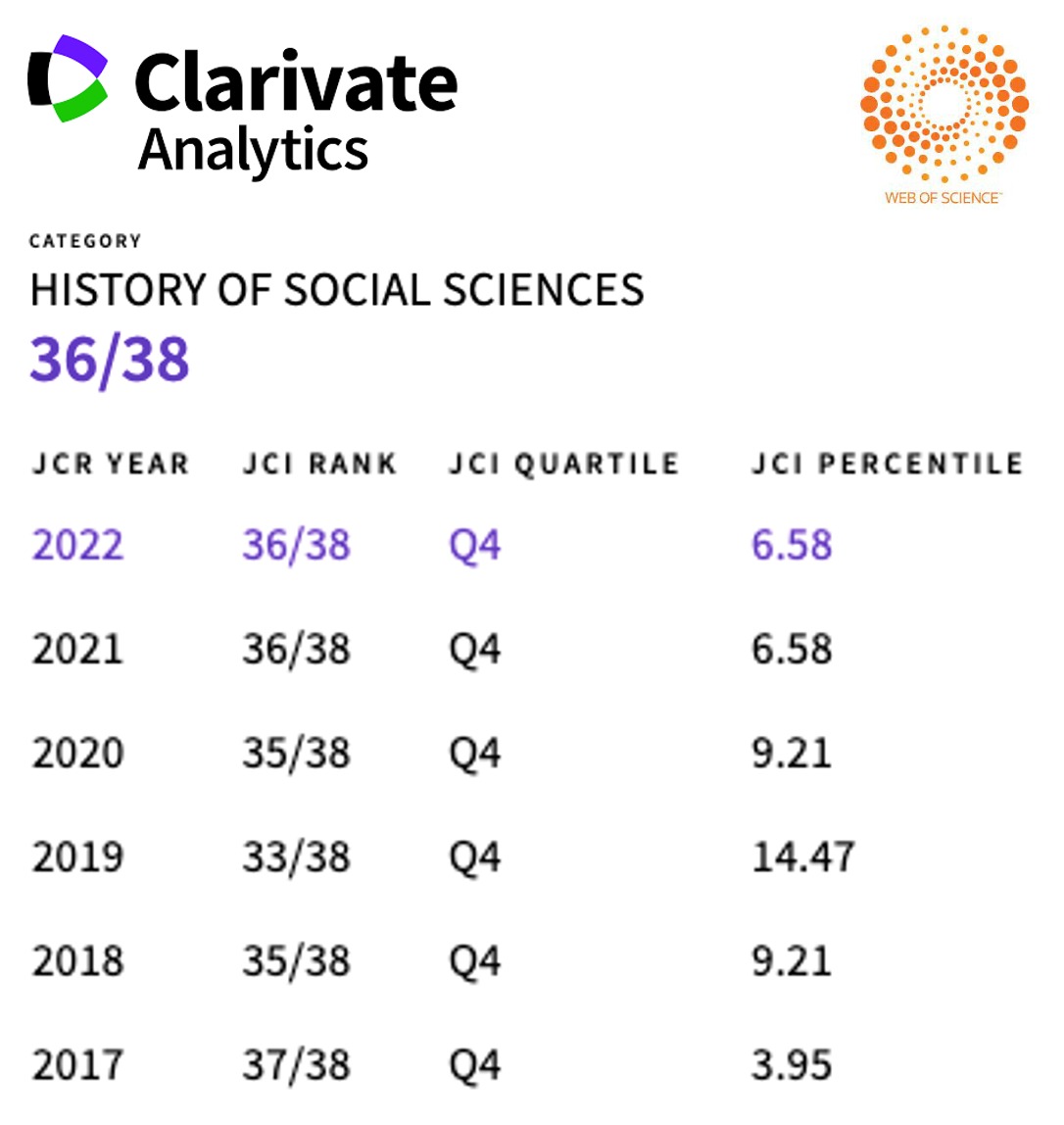Writing Educational Spaces in Twentieth -Century Reformist Indian Discourse
Downloads
Abstract
This paper analyses discourse and practice around educational spaces in twentieth-century India, with attention to notions of region, nation, and the international, and a concurrent focus on the gendering of such spaces. The actors and writings examined were important shaping presences in the reformist/ progressive educational field of that time and place. By reformist or progressive education, I refer to theories and practices of education that sought to radically change prevalent official or formal systems of education, with a valence of achieving progress in society. I examine the (very different) contours of the village community-based school and a renovated, internationalist ashram-like space found in the educational practice and thought of M.K. Gandhi and Rabindranath Tagore, both of whom formulated influential models of education. We consider also notions of educational space found in the writing and practice of women educationists such as Rokeya Hossain, Marjorie Sykes, and Jyotirmoyee Devi. Tagore, Gandhi, Hossain, Devi or Sykes were grappling with formulating educational practices and concepts in a country which, under the rule of Britain, experienced a highly entangled and complex educational arena, where competing deprivations, demands, practices, and institutions subsisted Educational space and spaces embodied such contradictions, entanglements, and deprivations. My focus is the period 1920-1960.
Downloads
Downloads
Published
Almetric
Dimensions
How to Cite
Issue
Section
License
All articles are published under Creative Commons copyright (CC BY). Authors hold the copyright and retain publishing rights without restrictions, but authors allow anyone to download, reuse, reprint, modify, distribute, and/or copy articles as the original source is cited.
.

















